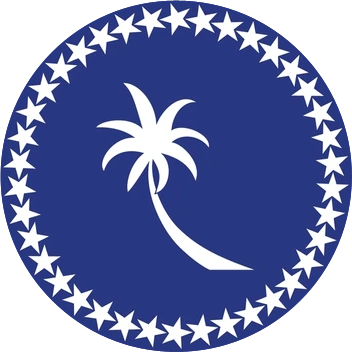Here are some of the top things to do in Chuuk, especially for visitors interested in nature, history, and culture:
Scuba Diving in Chuuk Lagoon
- World-famous wreck diving site with over 60 Japanese WWII shipwrecks and aircraft.
- Notable dive sites:
- Fujikawa Maru (cargo ship with planes in its hold)
- Shinkoku Maru (tanker with coral growth)
- Heian Maru (longest wreck, a submarine tender)
- Visibility: ~30–40 meters.
- Best for: Both recreational and technical divers.
Island Hopping & Snorkeling
- Explore outer islands and atolls like Uman, Tol, Fefan, and Tonoas.
- Snorkeling in the lagoon offers coral gardens, sea turtles, and colorful reef fish.
- Canoe trips and guided village tours are common.
WWII History Tours
- Land-based historical sites:
- Japanesebunkers, caves, gun emplacements, and airfields on Weno and otherislands.
- Local guides provide insight into Chuuk’s role in World War II and the impact of Operation Hailstone.
Cultural Experiences
- Attend traditional dance performances or local festivals.
- Visit villages to learn about Chuukese weaving, canoe building, and breadfruit pounding.
- Try local dishes: taro, coconut-based stews, reef fish, and breadfruit.
Boat Tours & Fishing
- Hire local boats for scenic lagoon tours.
- Go sport fishing for tuna, barracuda, mahi-mahi, or trevally.
Hiking & Nature Walks
- Trekking on high islands like Tol or Udot to reach lookout points.
- See tropical forests, waterfalls, and native bird species.
Visit Local Churches and Missions
- Chuuk has a strong Christian heritage with many Catholic and Protestant churches.
- Historic mission sites can be found on several islands.
Disconnect & Relax
- No major resorts, nightlife, or crowds — Chuuk is ideal for a slow, peaceful getaway.
- Great for digital detox, photography, and reflection.
Travel Tips:
- Best time to visit: Dry season (Dec to April).
- Bring your own dive gear if possible; rental gear may be limited.
- Respect local customs — dress modestly in villages and ask before taking photos.


 facebook
facebook  Whatsapp
Whatsapp 